The Natural Resource Ecology Laboratory has a long history as an international center of ecosystem science research and education.
The origins of the modern ecosystem concept can be traced to the late 19th century to the naturalist Karl Möbius, and the early 20th century to the biologists Fredrick Clements, John Elton, and first explicitly defined in 1935 by Arthur Tansley.
The concept was further refined by G. Evelyn Hutchinson, Howard Odum and Eugene Odum. By the mid-20th century several international initiatives emerged from momentum provided by the International Geophysical Year (1957-1958).
1968-1974
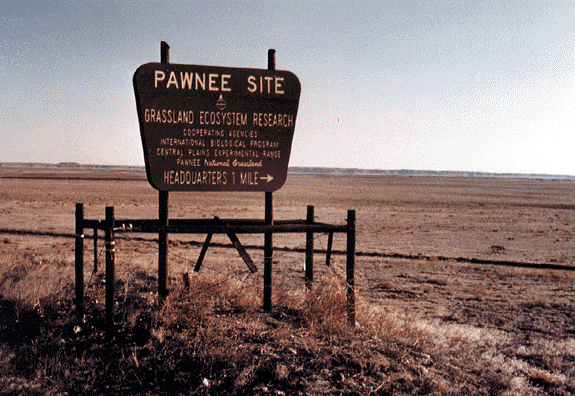
The US International Biological Program (IBP) (1968-1974) helped to propel ecosystem ecology into the mainstream of ecological science. In anticipation of funding by NSF for US IBP grassland research, the Natural Resource Ecology Laboratory (NREL) at Colorado State University (CSU) was established in 1967 under the leadership of George M. Van Dyne. Since then, NREL scientists contributed to the discipline and use of ecosystem science resulting in the integration and understanding of multiple disciplines. They established ecosystem science as an approach that is commonly used by scientists, managers and policy makers around the world.
1968-1974
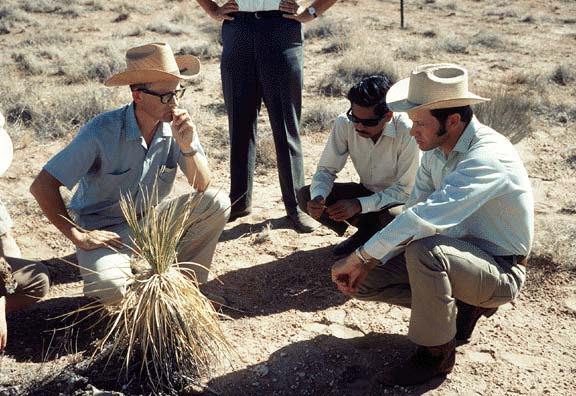
George Van Dyne, the first NREL director (1967-1973) established a tradition of rigorous research based on the then emerging field of systems ecology. Van Dyne brought together researchers with diverse knowledge to work in interdisciplinary teams in order to address the ecosystem-level problems facing managers of natural resources. Ecologists traditionally studied individual organisms and their interactions with each other and with their environment. Early studies of simple ecosystems at NREL instead focused on the flux of energy and materials among components of systems rather than on the components themselves. This approach to ecosystem research was adopted by many centers around the world during the International Biological Program.
1973-1984
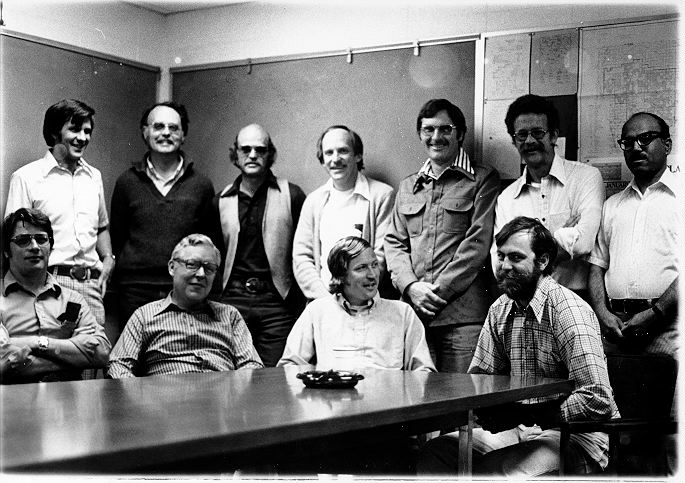
James H. Gibson, director from 1973-1984, came to NREL as an atmospheric chemist. He managed the transition of the NREL from an NSF, IBP funded organization to a successful, investigator-initiated research organization. Gibson was instrumental in obtaining substantial funding for construction of the Natural and Environmental Sciences building where NREL is housed. Gibson also helped develop and lead the United States National Atmospheric Deposition Program from 1978-1982, and established the ongoing UVB Monitoring Program. During Gibson’s directorship the Grassland Ecosystem Model (ELM), a signature achievement in ecosystem science, was completed and published.
1984-1992
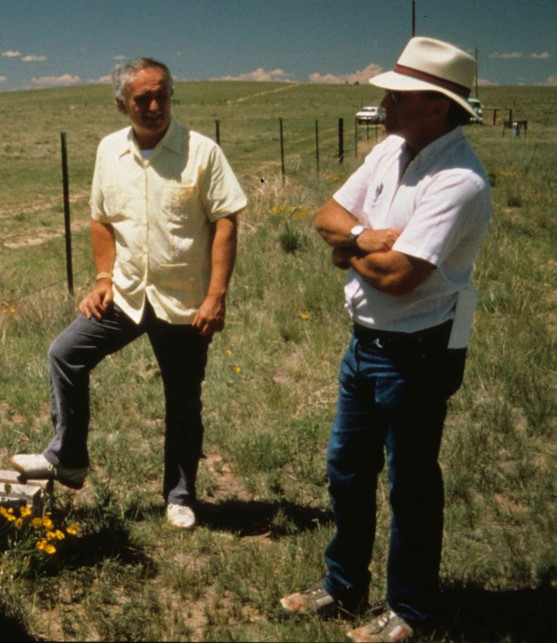
Robert G. Woodmansee (1984-1992), was a CSU graduate and one of the post-doctoral fellows that developed the Grassland Ecosystem Model, ELM. He pioneered concepts of ecological scaling into ecosystem analysis and integrated landscape ecology and regional analysis into ecosystem research at NREL. Before his tenure as Director, Woodmansee was integrally involved in the development of the National Science Foundation’s Long-Term Ecological Research (LTER) network and served as the Director of Ecosystem Studies at the National Science Foundation where he helped pave the way for global change research. Woodmansee emphasized that humans are a part of ecosystems and need to be considered in the context of ecosystem research.
1992-2006
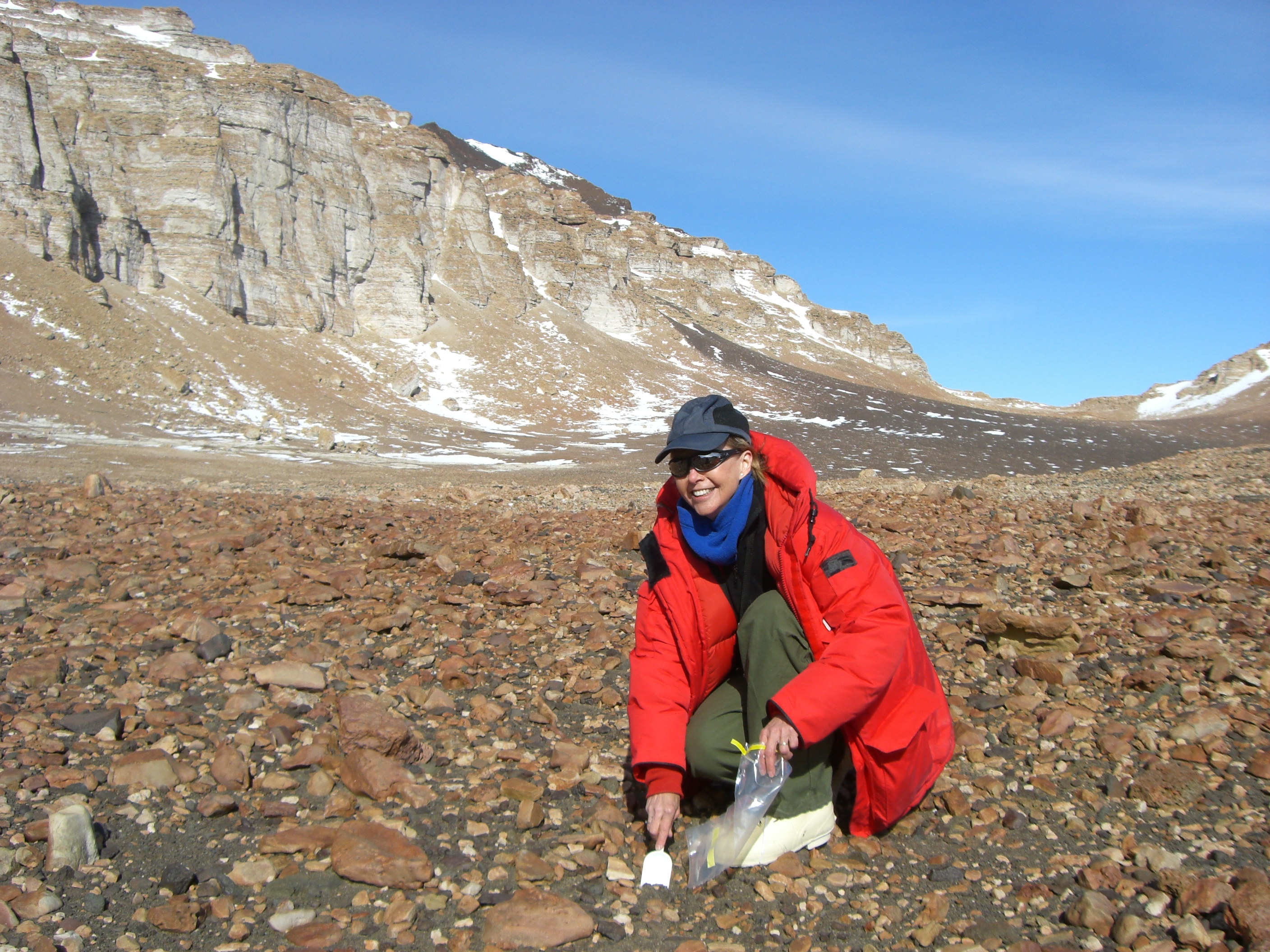
Diana H. Wall, director from 1992-2006, vision for NREL continues to be a model for the diverse roles that an ecosystem research center plays in today's world. The importance of making ecological knowledge more accessible to citizens and decision-makers at all levels of government. Americans depend upon ecological knowledge to manage our natural resources, protect human health and to prevent small problems from becoming large, expensive problems. To solve the increasingly complex environmental problems will require scientists who work to integrate their knowledge from the natural, physical and social sciences, with practitioners. After leaving the directorship of the NREL, Diana became the founding director of the School of Global Environmental Sustainability (SOGES) at CSU. She recently received the Tyler Prize for environmental achievement, the premier award in environmental science and environmental health.
2006 to the present.
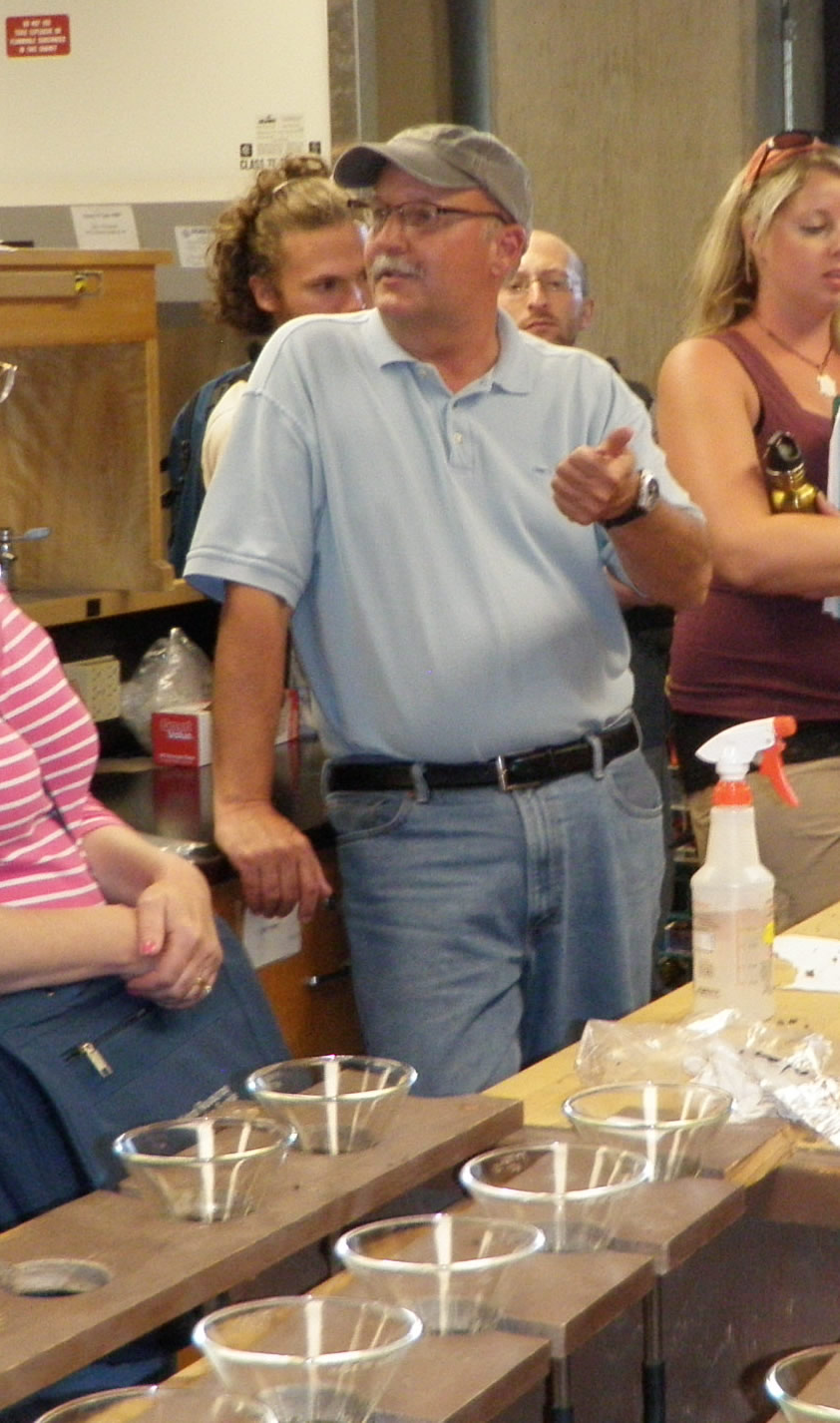
John C. Moore, a CSU graduate, has been director of the NREL from 2006 to the present. His scientific interests center on soil ecology, the ecology of food webs, science education and the study and advancement of environmental science literacy – the capacity for citizens to engage in evidence-based decision-making about environmental issues. During his directorship, several NREL scientists received Nobel Peace Prize recognition for their work on the International Panel on Climate Change. Moore advocated that addressing environmental challenges requires that our science is available and accessible to all citizens, regardless of background. His interest in science education has resulted in numerous programs linking NREL scientists and graduate students to the K-12 public school systems, and programs to increase the engagement of students from diverse backgrounds. He also led the creation of the new department of Ecosystem Science and Sustainability in the Warner College of Natural Resources at CSU.
Over five decades and five Directors, the scope of research at NREL has expanded to include projects on every continent and topics ranging from the soil microbial dynamics associated with the grazing of bison to global-scale studies of climate change and its impact on the terrestrial carbon cycle. Despite the diversity of study sites, scales, and topics the ecosystems approach to research questions runs as a common thread throughout our work. Since about 1980, NREL scientists have been leaders in incorporating humans as components of the ecosystems under study; developing strong linkages between the natural and social sciences and aiding in the understanding of the numerous interactions between human and natural systems.
NREL scientists have been pioneers in linking ecosystem theory, experimentation, field measurements and computer modeling. In particular, NREL has emphasized the use of systems analysis and computer modeling to reduce ecosystem complexity to a manageable level. CENTURY, one of the first and most widely used ecosystem models in the world, was developed at NREL.
NREL's research efforts are leading to integrated assessments linking ecosystem studies to socioeconomic concerns to form an expanded basis for environmental management and policy development. NREL science is also at work at the global level to understand the consequences of modifying the chemistry of the atmosphere and mitigation strategies to overcome potential problems.